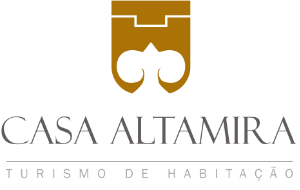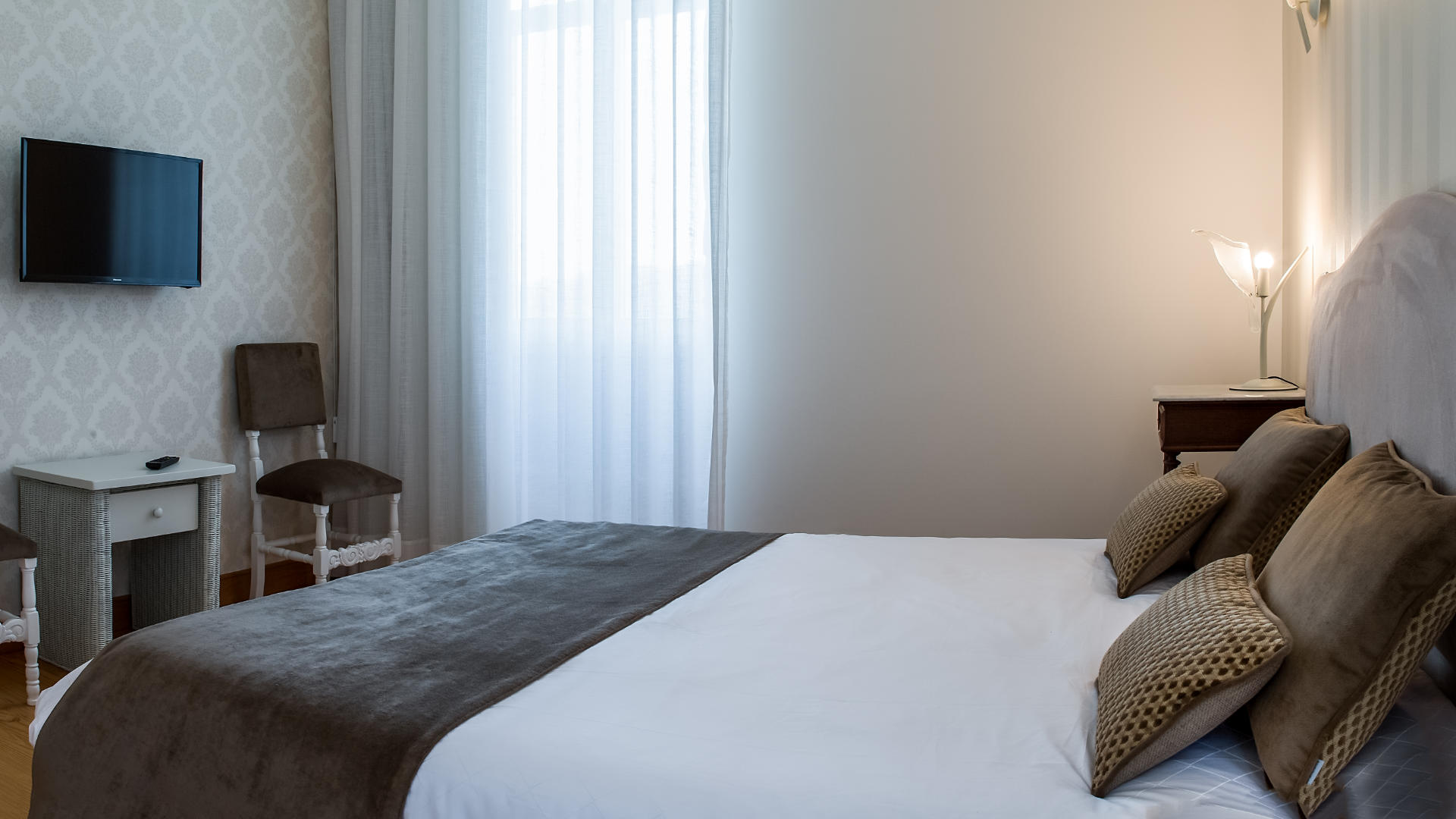Portuguese parish of the municipality of Cinfães, with about 6.65 km2 of area.
It was a municipality, extinct at the end of the seventeenth century, becoming part of the municipality of Sanfins until its extinction in October 1855, when it became part of the municipality of Cinfães.
Church of St. Mary Major of Tarouquela
The historical importance of Tarouquela is today only marked by the remaining Church that was an integral part of one of the first female monasteries of the order of St. Benedict south of the Douro.
Its origin, in the middle of the twelfth century, associates this monastic house with a couple, Ramiro Gonçalves and his wife D. Ouruana Nunes, who acquired the estate that was Egas Moniz, said the Aio of Afonso Henriques, and his wife.
Although Tarouquela initially followed the Rule of St. Augustine, with D. Urraca Viegas, daughter of Egas Moniz de Ortigosa, the habit was changed and the nuns began to profess the Benedictine Rule.
Run by dynasties of abbesses, the history of this monastery intersects with that of the most notable families in the region.
The architecture and ornamentation of this Romanesque Church reflect what has been done best in this territory. The sculpture on display in the portals, crevices, capitals, dogs, tympanum and headboard, attest to a plastic richness that, above all, intends to convey a symbolic message.
The ornamentation evident in the sculpture of the headboard, both at the exterior and interior level, gives body to one of the best examples of Romanesque architecture in Portuguese territory. Although it has undergone an increase, in the Modern Age (seventeenth / eighteenth centuries), to receive the high altar, it takes advantage of the Romanesque apparatus, proven by the abundant presence of acronyms of flowerbed.
Inside, the presence of the Benedictine-themed sculpture – animals with apotropaic function (protection against evil) stands out; two men with one head; the snakes; the mermaid; the man between two birds; the palms of Braga and the ornamentation of geometric nature.
In this space we must distinguish the work of the capitals, but it has been the so-called dogs of Tarouquela that most surprise. They are placed on the imposed ones on either side of the portal and can be described as two quadrupeds from whose jaws hang naked human bodies, bound by the legs. Of evident apotropaico character, they testify to a will to ward off evil forces.
Although the current image of the interior of the Church derives largely from a restoration intervention carried out in the 1970s, the truth is that it once had five altars. Today we only appreciate the high altar and another, in the nave, on the left side, both within the baroque aesthetic.
Standard Double Room
1 king bed
Private bathroom

